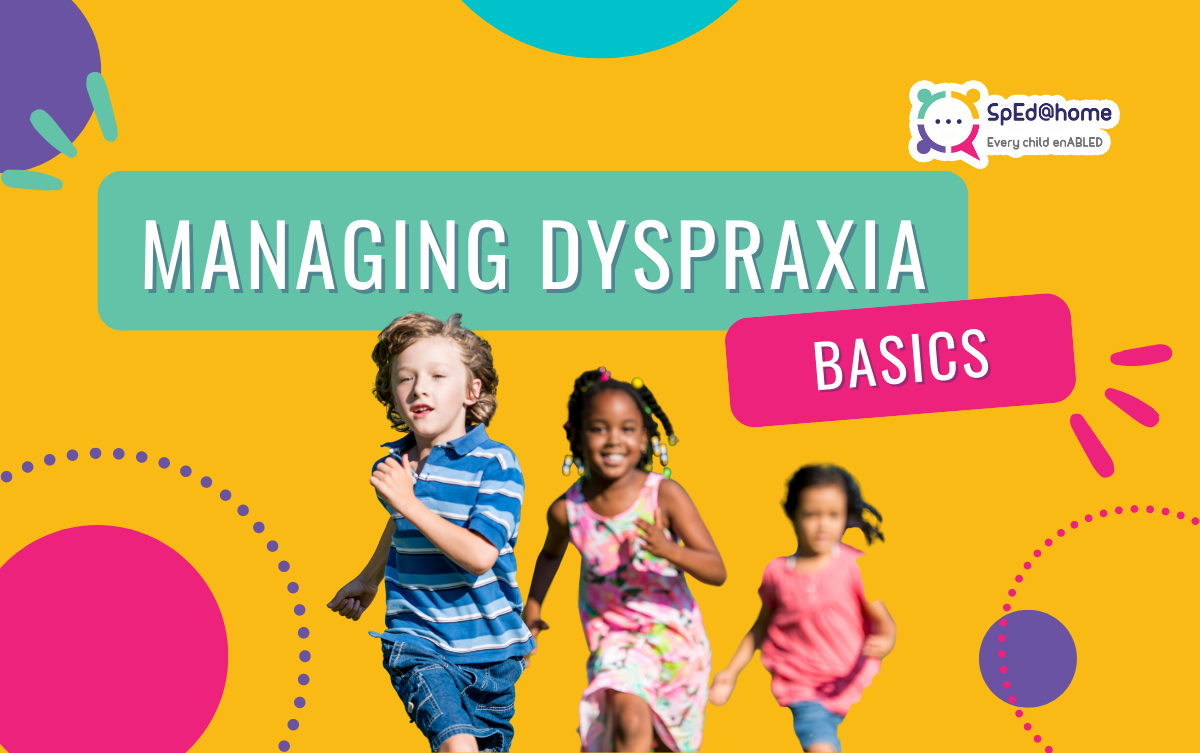Dyspraxia and Motor Skills
Dyspraxia is characterized by a child’s inability to perform certain motor skills. When a child shows delays in early childhood development milestones like walking or speaking, has a tough time in keeping up with their peers, and is labelled clumsy for dropping, breaking, or bumping into things, it is prudent to have them undergo a developmental disorder assessment.
Unlike their peers, Dyspraxic children find it difficult to master basic skills. While the severity may differ from child to child, the challenges remain similar. According to Occupational Therapist Lindsey Biel, the muscles of a dyspraxic child are fine, the problem arises due to a disconnect between the brain and the body’s ability to follow instructions. This means, Dyspraxic children may have difficulties in gross motor skills that affect their while bodies or fine motor skills which affects their ability to hold or grab things. Other challenges include Perceptual difficulties where the child cannot tell the left from the right, language difficulties which affect their speech, and Organizational difficulties where the child finds it hard to follow instructions or directions. These problems lead to other behavioural issues like lack of self-esteem and social anxiety.
How can Occupational and Physical Therapy help a Dyspraxic child?
Occupational Therapy (OT) and Physical Therapy (PT) are the two most popular ways to treat Dyspraxia in children. OT focuses on motor and fine motor skills which help with everyday tasks. This includes learning how to throw and catch, tying shoe laces, holding a pen or cutlery , and sorting things. PT is focused on the child’s large muscle groups and helps the child develop their physical skills like walking, running, dancing etc.
Many therapists also suggest a combination of OT and PT which is known to be beneficial for children with Dyspraxia. A therapist assesses where the child needs most attention so as to design a plan focused on these areas. For example, a therapist breaks down complex tasks into smaller steps for easy understanding and then takes the child through it themselves. Children with Dyspraxia require a lot of help and attention in the form of visual, physical, and auditory ques to be able to overcome their difficulties. Their treatment plan more often than not comprises of doing the same tasks consistently in different environments. Consistency is key when dealing with Dyspraxia. Hence, it is important to keep the child motivated and on track throughout the process.
If your child has been showing any signs of Dyspraxia, don’t hesitate to book a free assessment us.














